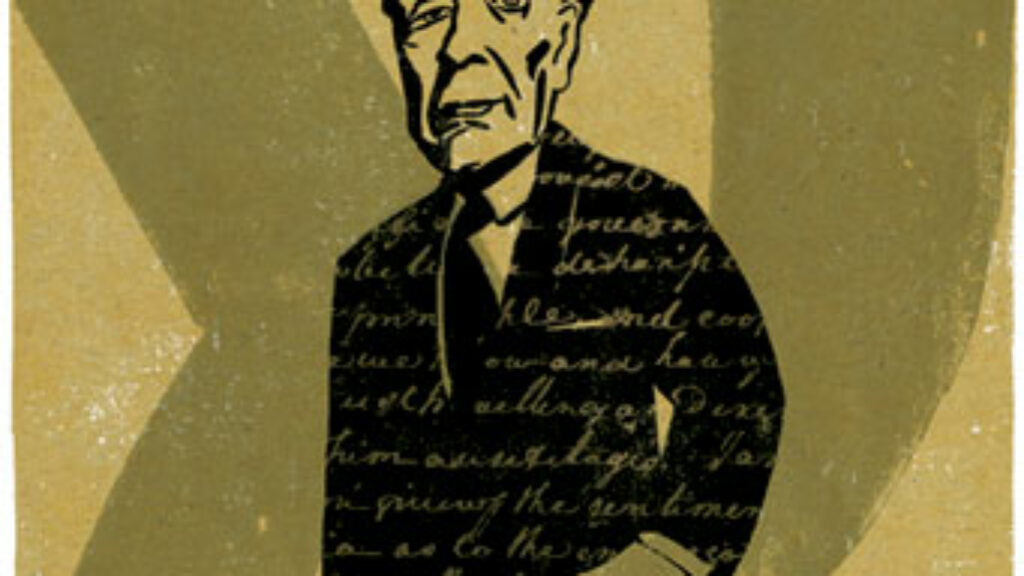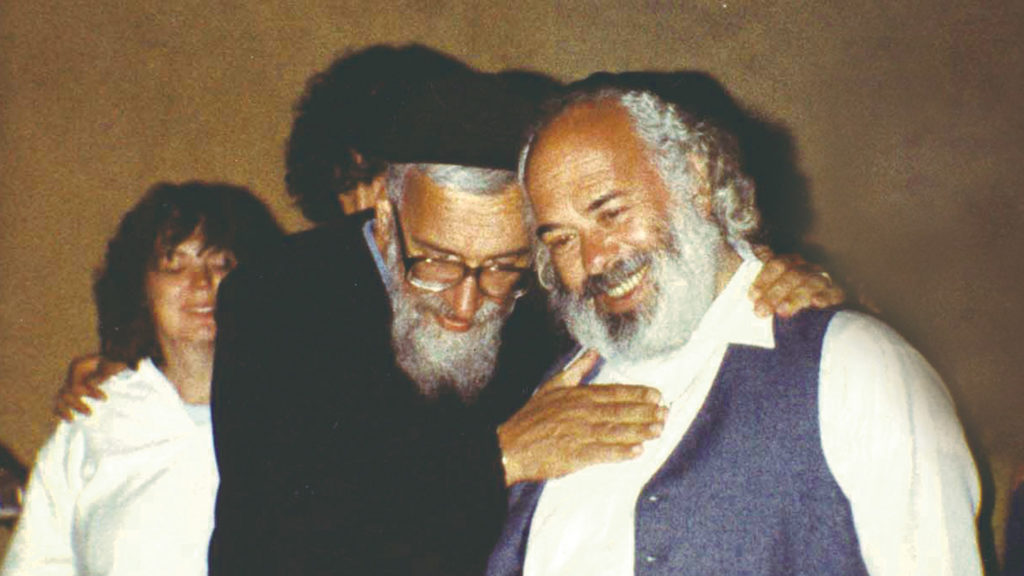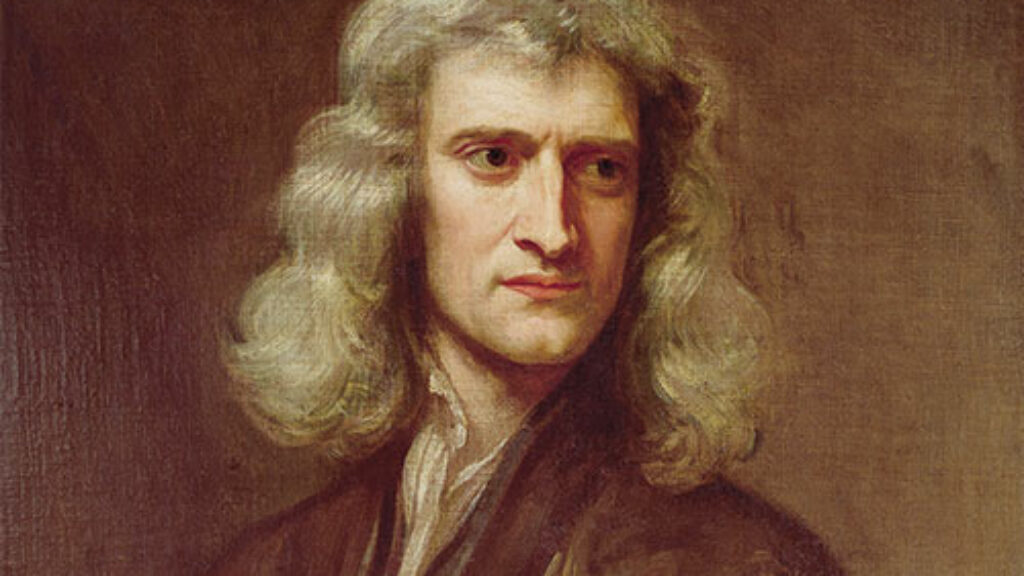American Gods
In 2011, Matisyahu shaved his beard, cut his sidelocks, and tweeted the resulting photo with the caption, “No more Chassidic reggae superstar.” Though this was perceived by many fans, especially in the Orthodox world, as a turn away from Judaism toward the secular world, Matisyahu himself didn’t see it that way. Writing several years later about that time in his life, he described how he’d blended different practices to “reclaim” himself and his spirituality:
I drank vodka for breakfast on Saturdays in shul and talked shit with the cool born-and-raised Crown Heights’ers. I studied philosophy and chassidut with a Russian original creative thinker who knew it from the inside (his parents were anti-Communist mystics). I read psychology books by RD Laing and spent time doing sessions with his protégé in England. I let go of all the dogma and began to do me.

In her sharp new book, Strange Rites: New Religions for a Godless World, journalist Tara Isabella Burton doesn’t mention Matisyahu, but his desire “to do me” spiritually is a good example of the widespread rise of the “bespoke” religious identities she discusses. The trend, she writes, is motivated by Americans’ hunger for “a spiritual identity and surrounding community that precisely reflects their values, their moral and social intuitions, their lived experience, and their sense of self.”
Burton takes the reader through seven different movements in contemporary American culture, including wellness, witchcraft, fandom, the social justice movement, and right-wing atavism. She suggests not that each of these movements is a religion proper but, rather, that each provides one or more of the functional elements associated with organized religion—community, purpose, meaning, and ritual—and that Americans, especially millennials, are increasingly turning to them for a spiritual fix.
For much of the 20th century, it was commonly believed that, as modernity, science, and technology continued to advance, religion would retreat. But Strange Rites comes to argue that there is increasing evidence the so-called secular age has not rid us of religion; it has simply changed it.
Today, a quarter of American adults and 40 percent of millennials say they’re religiously unaffiliated, but only 7 percent of all American adults call themselves “atheist” or “agnostic.” Far more simply consider themselves “nothing in particular,” which doesn’t preclude belief in a non-Judeo-Christian higher power (55 percent), psychics (40 percent), or even the God of Abraham (17 percent). Even among those who do identify with a particular religious tradition, there are rising numbers who say their primary sources of spirituality lie outside their tradition. Finally, there are the growing number of “religious hybrids,” people who say they belong to a particular religious tradition and believe or practice part of it but feel free to disregard elements that don’t suit them or to supplement with rituals or beliefs from other traditions (this includes, for example, the 29 percent of Christians who say they believe in reincarnation). Burton estimates that these three groups, collectively termed the “Remixed,” make up more than half of the American population and together exert an influence that touches almost every part of the cultural landscape. “We may not all be Remixed,” she writes, “but we all live in a Remixed nation.”
It is certainly true that religious life in America has changed quite a bit since mid-century, when almost half of Americans reported attending church and 60 percent of American Jews were affiliated with synagogues (a number never surpassed). Burton attributes the dramatic changes to several social and political factors, including declining trust in institutions and the spiritual seeking of the 60s. Still, her main focus is on a single, paradigm-shifting innovation: the Internet.
“Scholars of religion often claim that it’s impossible to separate out the invention of the printing press from the Protestant Reformation,” writes Burton:
The technology that gave us the ability to sit with a text in the privacy of our own home and internalize and interpret its message for ourselves gave us at once a profound sense of agency and a retraction of the boundaries of a public sphere. Protestantism is, perhaps, the ultimate religion of the printed book. The Remixed religions we’re about to explore are the religions of the Internet.
By “religions of the Internet,” she means not that today’s American religions necessarily play out in the digital sphere but, rather, that they respond to the demands of people whose lives are shaped by the Internet: people who are hyperindividualistic and location-independent and who demand creative roles in designing their own experiences.
Burton argues that early Internet fandom helped give rise to a transition from a “strictly consumer culture” to what media scholar Henry Jenkins terms a “participatory culture,” in which private individuals act not only as consumers of content but as creators. Burton’s account of this evolution is sketchy (did early 2000s Harry Potter fandom really give rise to new religious impulses?), but one need not buy into the cultural importance of “Snapewives” to accept that the digital age is one in which individuals demand narratives, practices, and communities they find personally meaningful.
In the realm of religion, this demand for personal, precisely tailored meaning has led to “unbundling,” in which some elements of a religious tradition (beliefs, rites, sacred objects) are lifted from the other commitments traditionally thought to be tied to it. Thus, NBA player Joakim Noah regularly sports a Christian crucifix, Muslim prayer beads, and Tibetan Buddhist stones and says, “I’m a little bit of everything.” Of course, this is not a purely contemporary phenomenon. Leonard Cohen was ordained as a Buddhist monk in 1996 but continued to consider himself Jewish, telling The Guardian in 2004, “I’m not looking for a new religion. I’m quite happy with the old one, with Judaism.” And that’s to say nothing of the self-described JeWitches (not mentioned in Strange Rites) who convened in Richmond, California, on a recent Shemini Atzeret to shake lulavs, cast circles, and pray to, among others, the ancient Canaanite storm god.
But the desire for personalized meaning doesn’t only find its outlet in expressions of religious hybridism. Unbundling also means that people are increasingly likely to find at least part of their spiritual life in places that may seem, at first glance, entirely divorced from religion. For example, Burton argues that the implicit theology of Remixed culture finds clear expression, not in a church or synagogue, but in the 4.2-trillion-dollar “wellness” industry, which encompasses everything from the New Age–tinged mantras of SoulCycle to a $66 jade “yoni egg,” with its promises to “harness the power of energy work, crystal healing, and a Kegel-like physical practice.” She writes:
It’s a theology, fundamentally, of division: the authentic, intuitional self—both body and soul—and the artificial, malevolent forces of society, rules, and expectations. We are born good, but we are tricked, by Big Pharma, by processed food, by civilization itself, into living something that falls short of our best life. Our sins, if they exist at all, lie in insufficient self-attention or self-care: false modesty, undeserved humilities, refusing to shine bright. We have not merely the inalienable right but the moral responsibility to take care of ourselves first before directing any attention to others. We have to listen to ourselves, to behave authentically, in tune with what our intuition dictates.
Faddish though contemporary wellness trends may seem, Burton points out that many elements of this doctrine of individual authenticity have antecedents in New Thought, an American spiritual movement that began in the mid-1800s when New Hampshire clockmaker Phineas Parkhurst Quimby developed what he called the “science of health.” Described by Burton as “equal parts proto-psychotherapy and positive thinking, with a little bit of Christianity thrown in,” Quimby’s science of health claimed that people were the cause of their own illness or misfortune and could only get better by changing their inner psychological states.
This idea proved intensely popular with Americans, and those influenced by it included William James; Mary Baker Eddy, founder of the Church of Christ, Scientist; and Norman Vincent Peale, author of The Power of Positive Thinking, who officiated at Donald Trump’s 1977 wedding. (There was even a Jewish interpretation of New Thought, “Jewish Science,” which was founded in 1922 by Rabbi Morris Lichtenstein and emphasized the use of affirmative prayer in accessing the divine force within.)
Despite their similarities, there’s a notable difference between New Thought in its earlier incarnations and contemporary wellness culture. While Quimby’s early writings, Peale’s Power of Positive Thinking, and Baker Eddy’s Christian Science all “at least paid nominal lip service to the idea that there was some kind of divine or objectively moral system out there,” the wellness movement collapses any distinction between the divine self and its corporeal counterpart. In doing so, writes Burton, wellness culture offers “the best” (or at least the most marketable) of both worlds by combining moral relativism with what she terms a “comforting veneer of metaphysical universalism.” Adherents are offered a world full of energy and meaning but one in which they can ethically do, well, whatever their intuition dictates.
In succeeding chapters, Burton argues that the Remixed creed of intuitionalism extends far beyond goop.com and the yoga studio. She locates it also at the heart of modern sexual culture and its valorization of emotional authenticity over “predetermined scripts about what our life should be like.” It lies, too, at the root of the recent resurgence of interest in witchcraft, which, with its decentered spiritual system, has been rebranded as a tool of “personal empowerment,” and it even plays a role in the social justice movement’s emphasis on the authority of lived experience.

Although Burton doesn’t much discuss it, this intuitional theology is also trickling back into explicitly religious (or at least relig-ish) spaces. How different, really, is the exhortation from the SoulCycle leader—“It’s about you . . . Your perk. Your goals. Your drive . . .”—from an advertisement for Stanford Hillel’s “Jewish Incubator Fellowship” that I recently ran across: “It’s about YOU. Your interests, your experiences, your passions, your goals. . . . You’re the driving force behind what happens here”?
In his influential work, A Secular Age, philosopher Charles Taylor coined the term “buffered self” to describe the modern individual. A “buffered self” understands him or herself as clearly distinct from others with firm separations between inner and outer worlds, human and the divine. By contrast, the “porous self” of premodern times was vulnerable to spirits, demons, and God. For Taylor, this shift wasn’t simply the result of casting off false beliefs but a trade-off in sensibility. “One is open to different things,” he writes. In leaving the premodern era behind, we lost access to certain modes of experience—both transcendent and terrifying—that were possible only in an enchanted world.
This porousness—the sense that we, as individuals, may be touched by the supernatural—is what many of those depicted in Strange Rites are trying to reclaim. Whether through “moon juices,” divination, or late-night raves at New York’s McKittrick Hotel, the subjects of Burton’s work are trying to cast off their “buffered selves” to reclaim the sense of wonder and meaning that can perhaps only be found through a brush with the divine.
But reading Burton’s book, one can’t help wondering whether such attempts to reclaim this enchanted world while rejecting any kind of external authority fall victim to a more insidious kind of force. At the core of the intuitional creed Burton discusses is a hidden premise, gestured at but never quite articulated: the idea that we have access to our deepest, most authentic intuitions and desires—and that we are capable of separating these deepest selves from consumer culture, social pressure, newsrooms, and Internet feeds. And yet, when we retweet a popular political opinion or attend a SoulCycle class or cleanse our house with sage, are we really expressing our most authentic selves and so pursuing the good? Or are we perhaps not buffered selves so much as buffeted selves—anchorless and tossed about by the brands, ideologies, and communities we think we choose?
Suggested Reading
Hidden Master
The closer we look at Green's theology, the more radical it turns out to be.

Borges, the Jew
Jorge Luis Borges, the Argentinian Nobel Prize-winning writer was captivated by Judaism. In 1934, he lamented, "hope is dimming that I will ever be able to discover my link to the Table of the Breads and the Sea of Bronze; to Heine, Gleizer, and the ten Sephiroth; to Ecclesiastes and Chaplin."

All-American, Post-Everything
Shaul Magid argues that Zalman Schachter-Shalomi is the Rebbe for post-ethnic America. But is cosmotheism a good idea?

Maimonides, Stonehenge, and Newton’s Obsessions
It takes a bit of a genius to successfully study a genius, and in this case one must first master the millions of words Isaac Newton wrote about natural theology, doctrine, prophecy, and church history.
Comments
You must log in to comment Log In